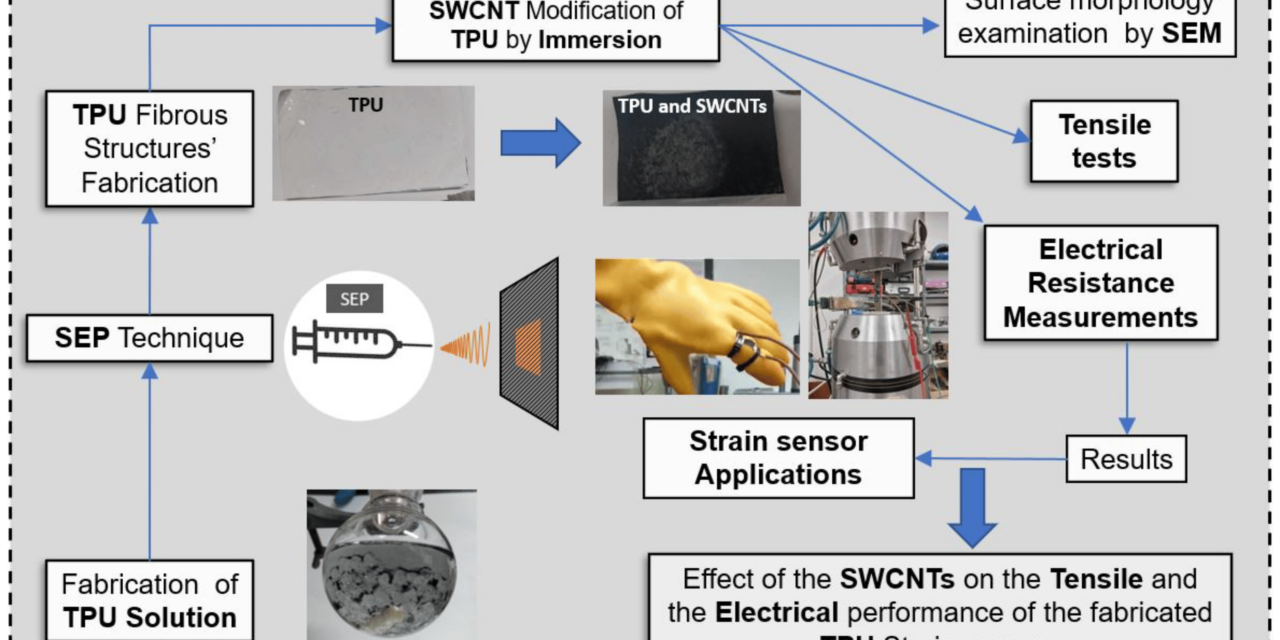Thermoplastic Polyurethane (TPU) is widely used in automotive, footwear, medical, and industrial applications due to its flexibility, durability, and chemical resistance. Recent advancements in materials science, automation, and sustainability are revolutionizing TPU manufacturing, making it more efficient, eco-friendly, and high-performing. Below are the latest innovations shaping TPU production.
1. Bio-Based and Sustainable TPU
Advancement
- Manufacturers are developing bio-based TPU from renewable sources like corn starch, castor oil, and soy-based polyols.
- These TPUs maintain mechanical performance while reducing carbon footprint.
Benefits
- Lower dependence on petroleum-based raw materials.
- Improved biodegradability for sustainable applications.
- Used in eco-friendly footwear, packaging, and medical devices.
Industry Example
- BASF, Covestro, and Lubrizol have introduced bio-based TPU grades for textiles, automotive, and consumer goods.
2. Smart and Functional TPU Materials
Advancement
- TPU is now being engineered with self-healing properties, conductive elements, and shape-memory behavior.
- New TPU formulations respond to heat, pressure, or external stimuli, making them ideal for wearable electronics, prosthetics, and adaptive textiles.
Benefits
- Enhanced durability for high-performance applications.
- Improved impact resistance in automotive and industrial uses.
- Wearable technology integration for smart devices.
Industry Example
- Nike and Adidas are developing TPU-based self-healing sportswear and adaptive shoe soles.
3. AI and Machine Learning in TPU Production
Advancement
- AI-powered real-time monitoring optimizes TPU synthesis by adjusting temperature, reaction time, and material flow.
- Predictive maintenance in TPU extrusion and molding prevents production failures.
Benefits
- Reduces waste and defects, improving efficiency.
- Speeds up production cycles by minimizing downtime.
- Customizes TPU formulations dynamically for specific industry needs.
Industry Example
- BASF and Dow are integrating AI-powered manufacturing for TPU quality optimization.
4. Advanced TPU Additives for Performance Enhancement
Advancement
- New nanoparticle-reinforced TPU offers higher tensile strength, UV resistance, and flame retardancy.
- Graphene-infused TPU improves thermal conductivity and electrical performance.
Benefits
- Superior mechanical properties without increasing weight.
- Anti-microbial and anti-static TPU for electronics and medical applications.
- Better heat resistance for industrial use.
Industry Example
- Graphene-enhanced TPU is now used in wearables, aerospace parts, and conductive coatings.
5. TPU for 3D Printing and Additive Manufacturing
Advancement
- TPU filaments and powders are being optimized for high-speed 3D printing.
- Advanced formulations allow multi-material printing, creating TPU parts with varying flexibility in a single print.
Benefits
- Customizable and lightweight designs.
- Reduces material waste compared to traditional molding.
- Allows for on-demand manufacturing of TPU products.
Industry Example
- HP’s Multi Jet Fusion (MJF) TPU powders are enabling mass-customized production of footwear, prosthetics, and industrial seals.
6. High-Performance TPU for Electric Vehicles (EVs) and Batteries
Advancement
- TPU is being developed for flexible battery encapsulation, lightweight EV interiors, and cable insulation.
- New formulations are thermally stable and impact-resistant, making them ideal for electric mobility applications.
Benefits
- Reduces vehicle weight, increasing energy efficiency.
- Protects EV batteries from thermal and mechanical damage.
- Improves safety by offering flame-retardant properties.
Industry Example
- Tesla and BMW are integrating TPU components into battery protection and lightweight interiors.
7. AI-Driven TPU Recycling and Circular Economy Solutions
Advancement
- AI is now being used to sort and process TPU waste, separating different grades for recycling.
- New chemical recycling techniques allow TPU to be broken down into reusable monomers.
Benefits
- Reduces environmental impact by reusing TPU waste.
- Allows for high-quality recycled TPU for footwear, automotive, and consumer goods.
- Enhances sustainability for large-scale TPU manufacturers.
Industry Example
- Covestro and Lubrizol have launched TPU closed-loop recycling programs.
8. Next-Generation Medical TPU Innovations
Advancement
- TPU is now being engineered for biodegradable implants, antimicrobial coatings, and drug-delivery devices.
- New TPU grades with long-term flexibility and biocompatibility are being used for prosthetics and artificial organs.
Benefits
- Enhances patient safety and durability in medical applications.
- Reduces infections with antimicrobial properties.
- Minimizes surgical complications with bioresorbable materials.
Industry Example
- Medical-grade TPU by DSM and Lubrizol is now used in catheters, artificial heart components, and surgical devices.
9. Low-Energy TPU Processing and Sustainable Manufacturing
Advancement
- Lower-temperature TPU processing reduces energy consumption in extrusion and molding.
- TPU manufacturing plants are adopting renewable energy sources to reduce carbon emissions.
Benefits
- Reduces production costs and environmental impact.
- Makes TPU manufacturing more sustainable.
- Encourages compliance with stricter environmental regulations.
Industry Example
- BASF and Evonik are implementing low-carbon TPU processing in their production facilities.
Conclusion
TPU manufacturing is evolving with bio-based materials, AI-driven process control, advanced additives, and high-performance applications in EVs, medical devices, and 3D printing. Sustainability is also a major focus, with recycling innovations and energy-efficient production methods improving TPU’s environmental footprint. These advancements are making TPU more versatile, durable, and eco-friendly, driving innovation across multiple industries.
Hahstags
#AdvancedTPU #TPUManufacturing #InnovativeMaterials #NextGenPlastics #SmartPolymers #HighPerformanceTPU #ThermoplasticElastomers #SustainableTPU #EcoFriendlyPlastics #TPUTechnology #DigitalManufacturing #3DPrintedTPU #BioBasedTPU #TPURecycling #CustomPolymerSolutions #FlexibleMaterials #LightweightPolymers #GreenManufacturing #CircularEconomy #FutureOfMaterials














